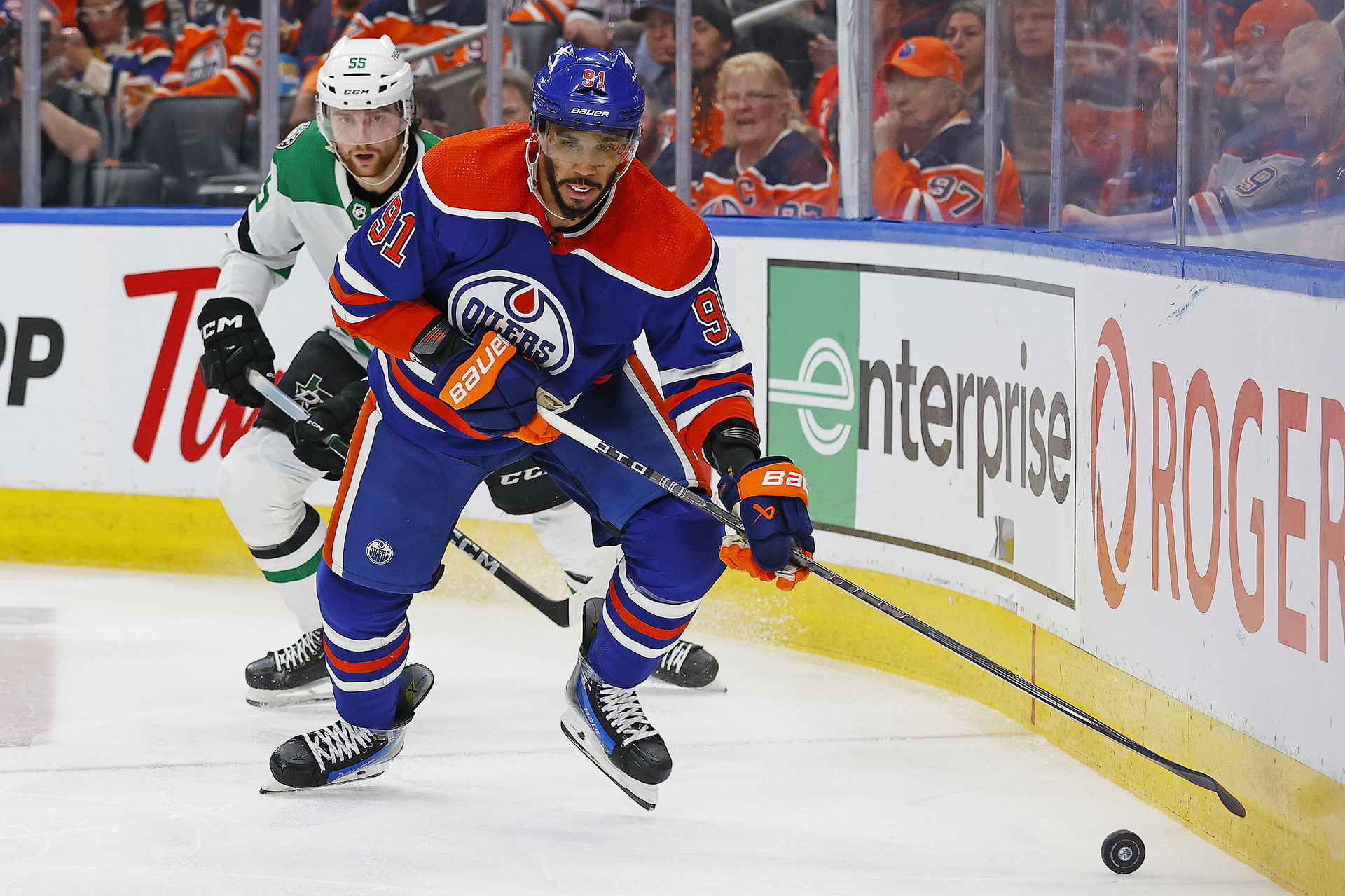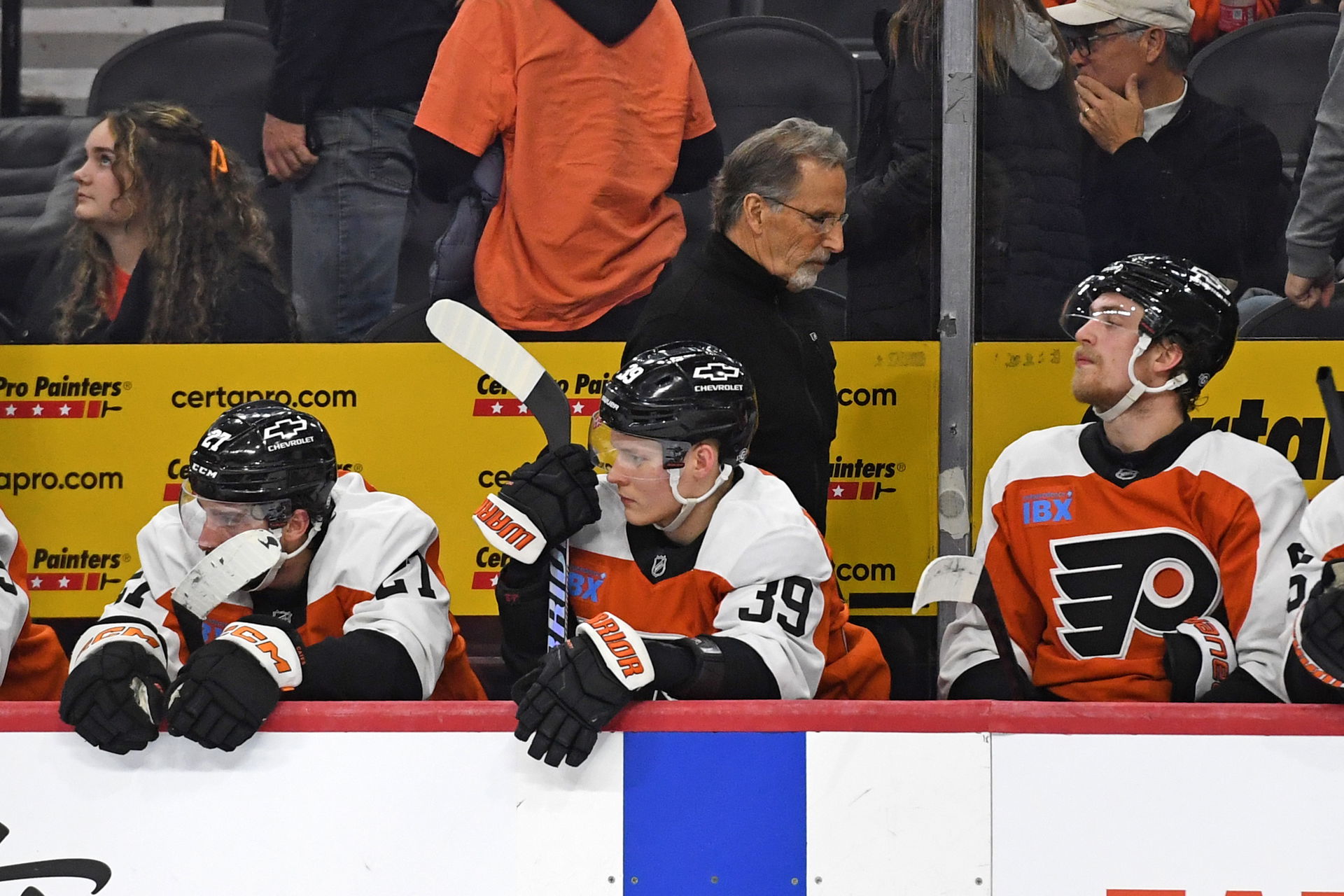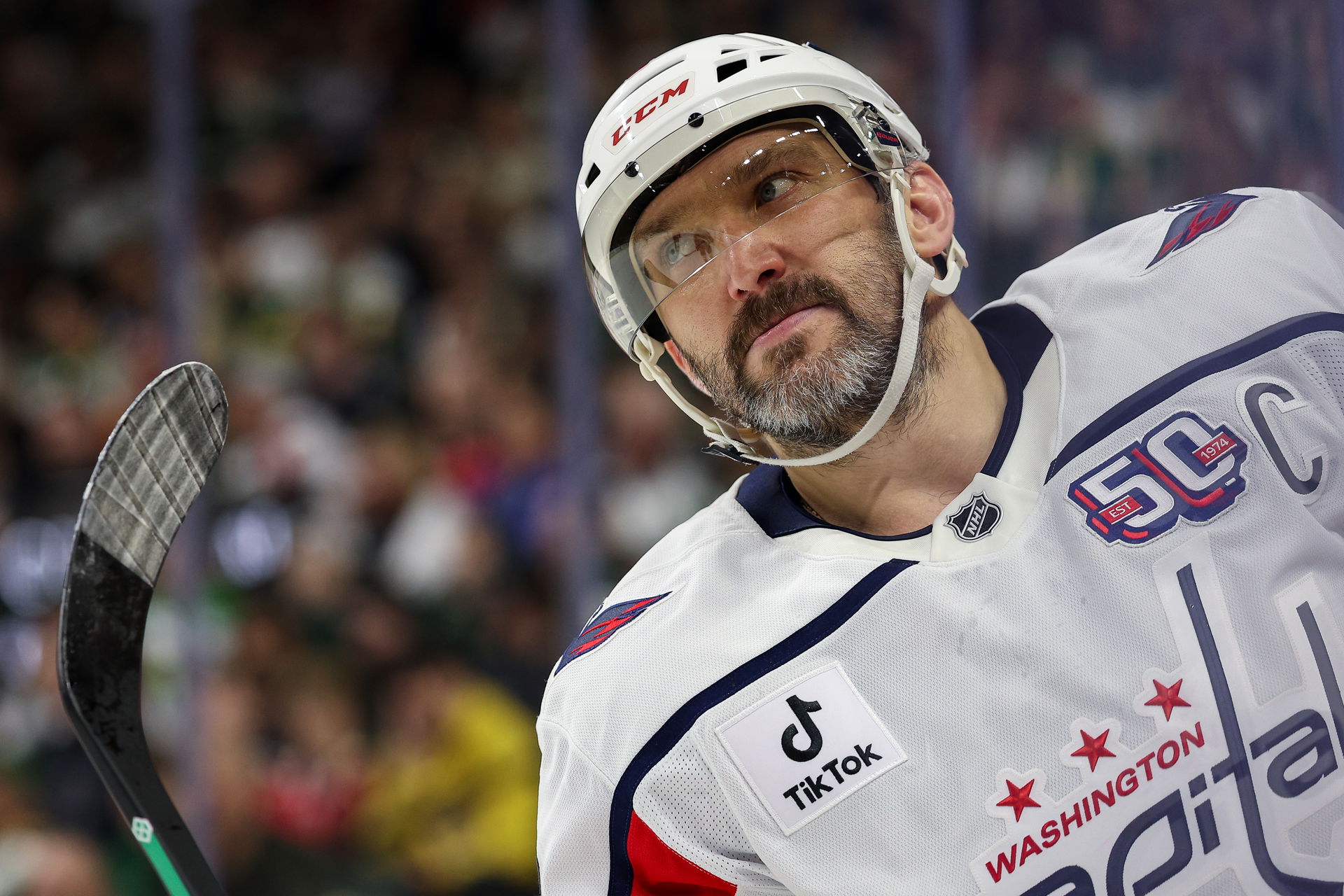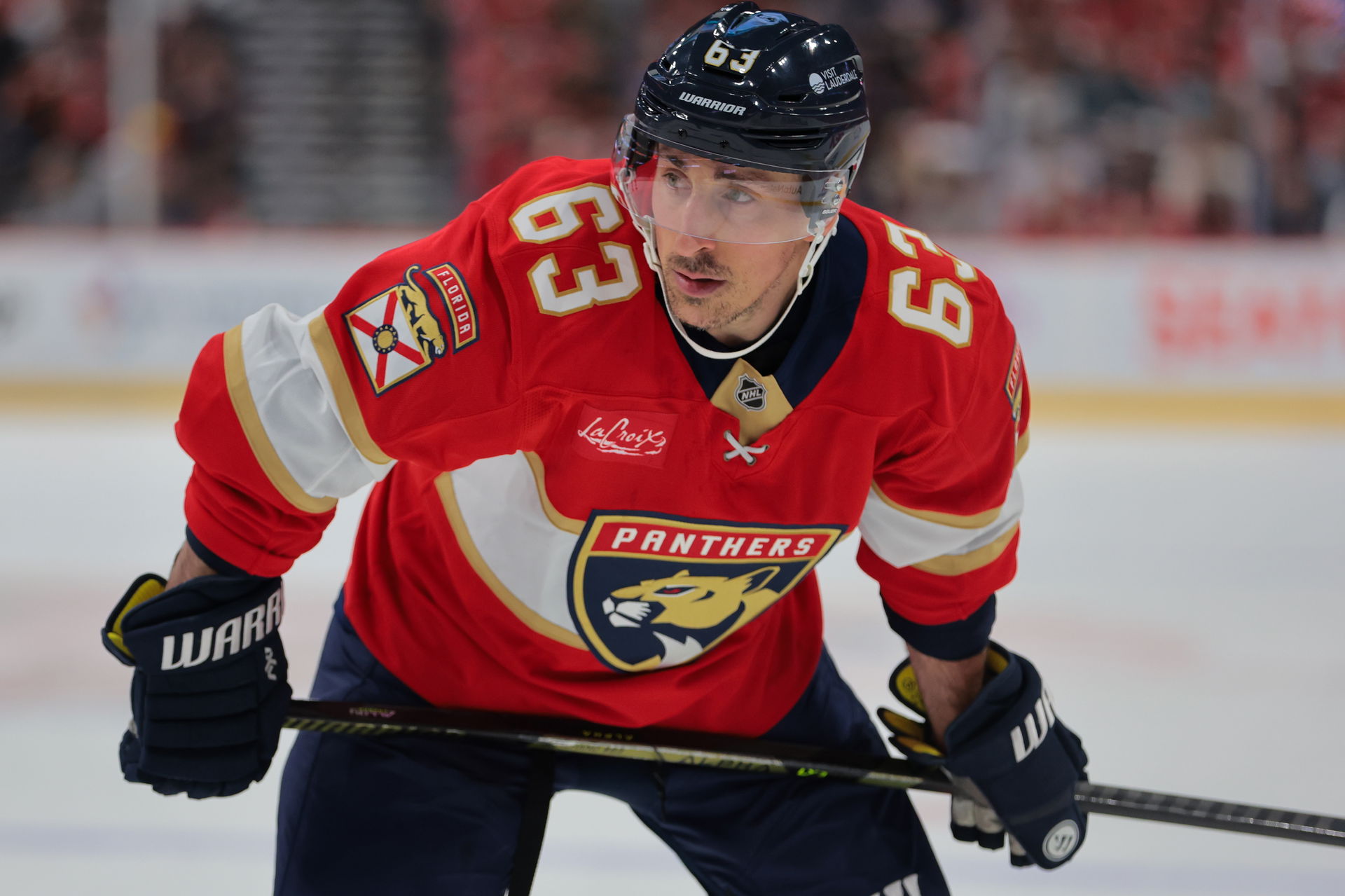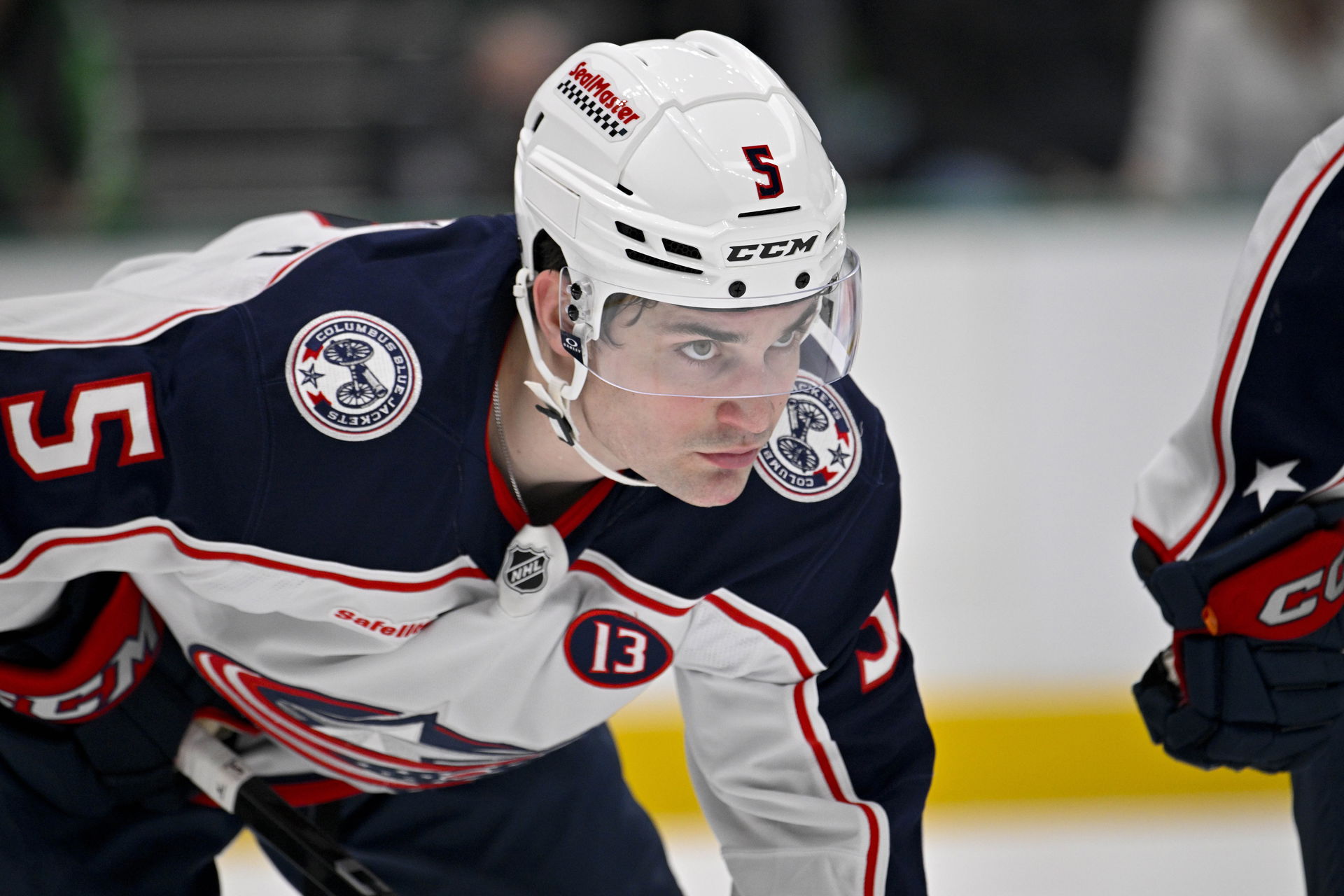
Best of the Books: Jonathan Toews' formative years
In a Best of the Books feature, Ryan Kennedy goes behind-the-scenes to provide a glimpse into the early years of Blackhawks superstar Jonathan Toews.
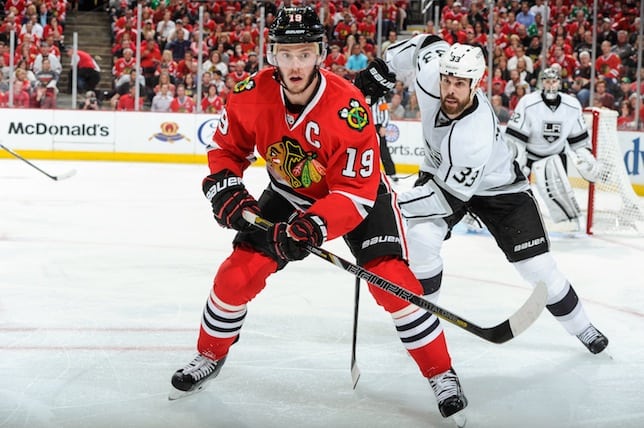 Best of the Books: Jonathan Toews' formative years
Best of the Books: Jonathan Toews' formative yearsThe backyard pond is an iconic place for many Canadians and growing up in Winnipeg, the Toews boys first demonstrated their competitiveness on such a sheet of ice.
“They played a lot of hours on the backyard pond,” said Bryan Toews, the father of the clan. “A few times we’d see sticks flying, but no bloody noses, so I guess they figured it out.”
Jonathan and David Toews both went on to play the sport at a high level, but the older brother and captain of the Chicago Blackhawks revealed that competition at home would help the brothers abroad.
“He definitely challenged me,” Jonathan said. “He was two years younger, so I shouldn’t have had to worry, but it was always competitive.”
Going through the local youth hockey circuit, Jonathan recalls he and his brother both being at the top of their age groups as they grew up. David was taken in the third round of the 2008 NHL draft by the New York Islanders and followed his older sibling to the University of North Dakota before switching to Brandon of the Western League in 2010-11. Jonathan’s path has already led to the highest echelons of hockey – just as he planned.
“For myself, there was no alternative,” Jonathan said. “One level after another, you get better.”
Jonathan showed promise right from the start. His dad remembers him traipsing through the house in his skates and that passion carried onto the ice.
“He had been skating by the time he was three-and-a-half and had a stride at four,” Bryan said. “That blew my mind.”
The future Blackhawk first realized around 12 or 13 that he could really do something special in hockey and soon after, that led him to one of several key decisions he made as a teenager. At 15, he decided to pull up stakes in Winnipeg and head down to Minnesota to attend Shattuck-St. Mary’s, a prep school whose hockey program had already spun out Sidney Crosby, Zach Parise and Jack Johnson.
“First, we said no way,” Bryan recalled. “It was way too young.”
But several factors worked in Shattuck’s favor in the long run. By attending the school, Jonathan would not only get a great education and continue to play high-level hockey, but he would also be preserving his NCAA eligibility, something that would become very prominent just a few years later.
In the Western League’s bantam draft, Jonathan was selected by the Tri-City Americans, a franchise with a great reputation and two former NHLers for owners in Olaf Kolzig and Stu Barnes. But the team was also located in Washington state, pretty much as far away from the Toews’ Winnipeg home as possible. That’s when the University of North Dakota began to seem like a pretty good alternative.
“It was the WHL until I was 17,” Jonathan said. “It was last minute. I loved everything about North Dakota. It was a tough decision because things could have worked out well in Tri-City, too.”
But first Toews had to get through his first stretch of life away from home. Shattuck-St. Mary’s isn’t actually too far from Winnipeg, but it’s still eight-plus hours in the car. Plus, Jonathan was going in by himself.
“He didn’t know anybody,” Bryan said. “Not one soul at that school.”
As with many of the kids who commit to Shattuck’s, Jonathan’s most important stretch was the first six to eight weeks, when the homesickness is at its worst. But the dorm room atmosphere and the fact players live with their teammates seven days a week eventually turned the group into something close to a family.
And just to make things a little more interesting, Toews combined three years of high school into two so that he could get to the University of North Dakota sooner. He was actually a freshman at 17, playing on one of the best teams in the nation. Despite his young age, Toews excelled as a rookie on the Fighting Sioux, finishing fourth in scoring with 22 goals and 39 points in 42 games. The three players who tallied more points than him – Drew Stafford, Travis Zajac and T.J. Oshie – are all impact players in the NHL now and a couple years older.
“Jonathan thought he could do it,” Bryan said. “But we thought, ‘Man, he’s playing against men there.’ ”
But being nearly a point-per-game player at a top school will get you noticed in a lot of corners and Toews was no exception. Heading into the 2006 draft, his name was being bandied about as a player to watch near the top.
“When you hear people talk for a year-and-a-half, two years about you going high, you wonder,” Jonathan said.
On draft day, St. Louis opted to take big U.S. national team development program defenseman Erik Johnson with the first selection. While that wasn’t much of a shock, there was uncertainty in pick No. 2, which belonged to Pittsburgh. Jonathan thought he was going to become a Penguin, but the honor went to Peterborough center Jordan Staal instead. That’s when the nerves kicked in.
“I really thought when Pittsburgh took Staal that I might slide down to sixth or seventh,” Toews said. “But going to Chicago third, I think I was the luckiest guy that day.”
Which, at the time, seemed a little crazy. After all, despite having the second pick, Pittsburgh was already armed with Sidney Crosby, Evgeni Malkin and Marc-Andre Fleury, while the Hawks had…well, nothing. But the venerable franchise, mired in its status as a laughingstock at the time, was not far from better days.
Though it would have been tempting to leave school behind, Jonathan went back to Grand Forks and had another stellar season with the Fighting Sioux, winning a World Junior Championship with Canada in the middle. He led his country in scoring with seven points in six games at the tourney, where he squared off against Team USA star and future running mate Patrick Kane. Both were named tournament all-stars by the media.
Kane was the first pick overall in 2007, but made the leap straight to the NHL that year. Toews joined him and the pair was locked at the hip from the very beginning. With no expectations in Chicago, the two burgeoning stars were allowed to grow organically and had a coach in Denis Savard who knew what it was like to be an elite talent in the game.
“He understood what it takes for a player to get comfortable,” Jonathan said. “It’s tough for a skill player not to get minutes when you’re young.”
But Savard gave his charges that opportunity and they rewarded him. Kane went on the win the Calder Trophy as rookie of the year, while Toews established himself as a young leader on the team.
In fact, Toews was such a respected player in the Blackhawks room that he was named captain of the team beginning in 2008-09. He was just a sophomore in the NHL at the time and only 20. But his ability to impact a squad became obvious very quickly.
Savard had been replaced behind the bench by Joel Quenneville and with defenders Duncan Keith and Brent Seabrook joining Toews and Kane as serious building blocks, the Hawks were suddenly a force to be reckoned with. Chicago made the playoffs for the first time in six seasons and pushed all the way to the Western Conference final, where the Hawks were dusted by Detroit.
But the next season brought even greater fortune. Marian Hossa, who had played for the Red Wings the year prior and was still searching for a Stanley Cup after two straight losses in the final, chose Chicago as the best place to end his quest. In a magical season, the Hawks slayed the dragon that was Detroit, snatching the Central Division title from their rival and securing the second seed in the West.
This time, no one could stop Chicago. The Blackhawks swept the West’s top-seeded San Jose Sharks in the conference final and wrestled the Cup from Philadelphia in a six-game classic that featured one of the strangest Cup-winning goals ever – one that Kane saw go in off his own stick, but most others did not until seconds later.
Not only did Toews, as captain, become the first Chicago Blackhawk in 49 years to hoist the Stanley Cup, but he also got a measure of closure on his slight draft day slide.
“When Staal won the Cup, I asked him if he would have rather gone to Pittsburgh,” Bryan recalled. “And he said, ‘Nope, we’re going to win it here.’ ”
Jonathan was right on the money there.
This is an excerpt from THN’s 2011 book "Young Guns II: How 25 Whiz Kids Reached Stardom".

